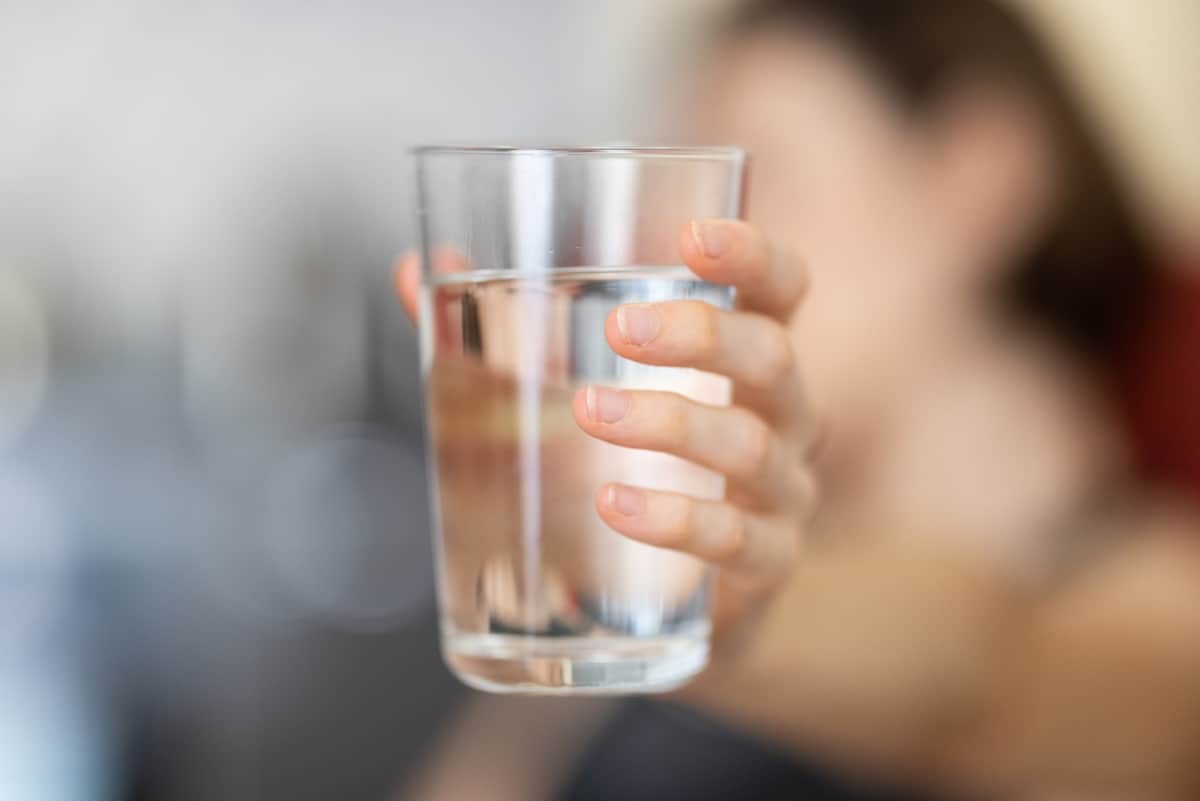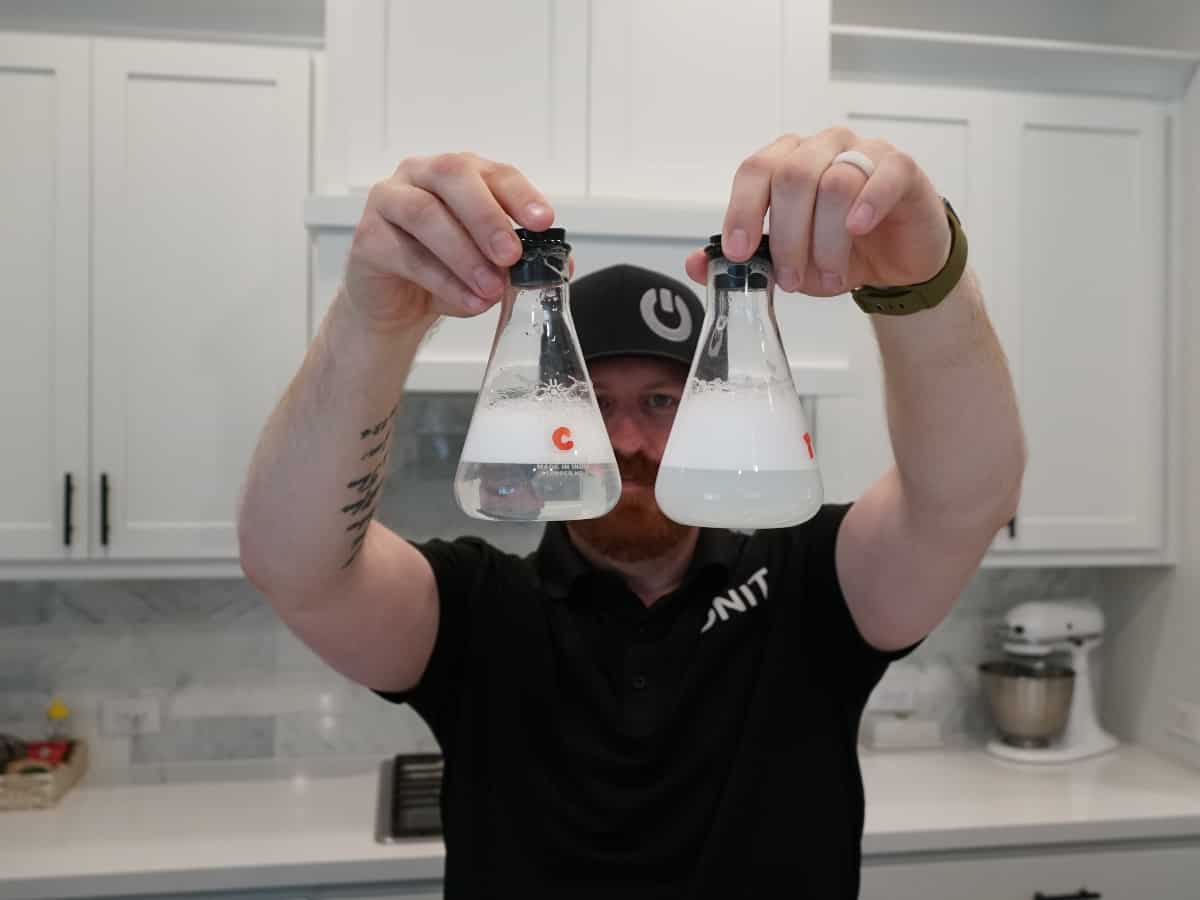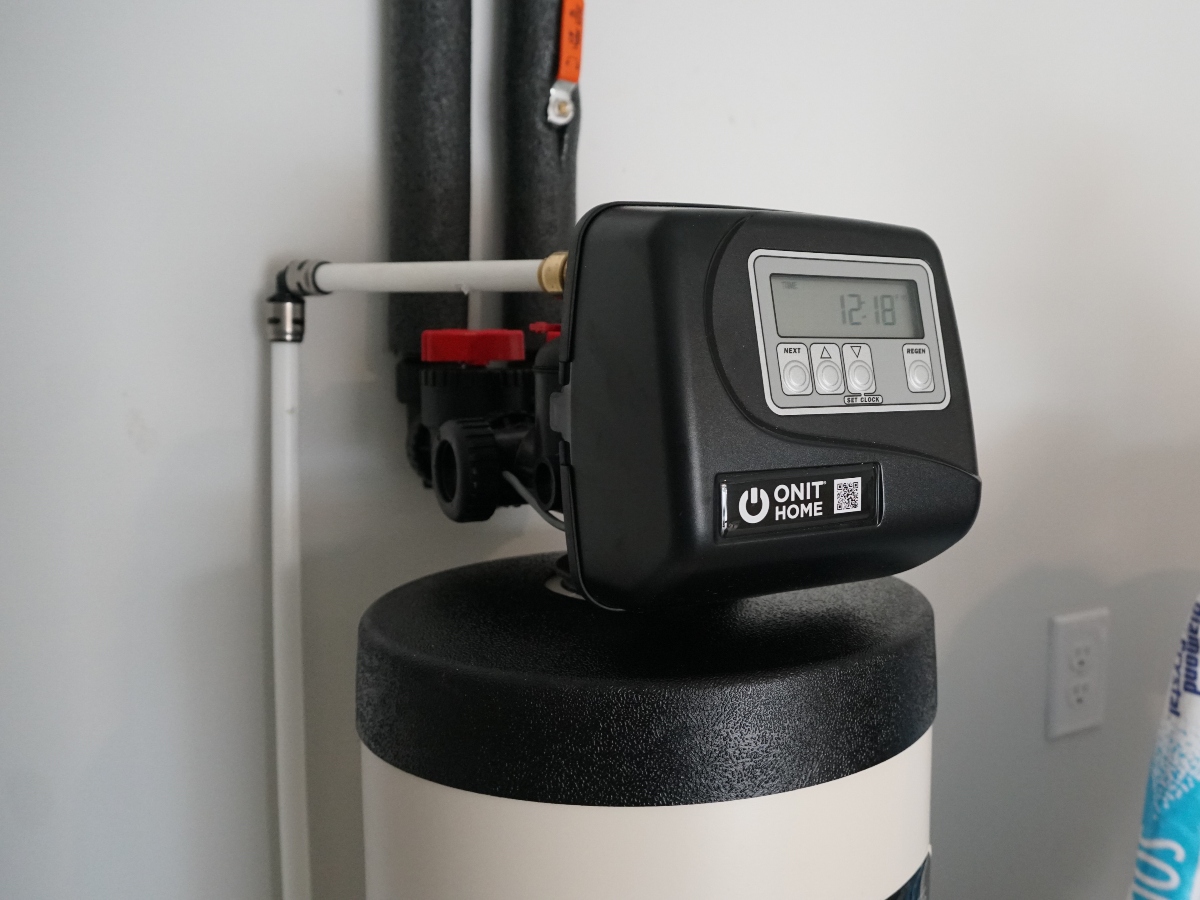How safe is the water you drink or touch? Most individuals, especially the ones drinking tap water, do not know what could be lurking in the water. Contrary to popular opinion, tap water is not necessarily ready to consume the substance. Trihalomethanes in water are one of the severe contaminants which could cause mild to adverse health effects on individuals.
Although the government tries to monitor the standards of tap water, according to the American Municipal Survey and the Environmental Protection Agency, 489,836 households lack complete plumbing, 1,165 community water systems are in serious violation of the Safe Drinking Water Act, and 21,035 permittees are in significant noncompliance with the Clean Water Act.
This article will expound on the occurrence and possible health hazards of trihalomethanes in water.
What Are Trihalomethanes?
Drinking water can get contaminated by a class of compounds known as trihalomethanes (THMs). When naturally occurring organic debris and the chlorine used to disinfect water interact, THMs form. THM pollution is prevalent in drinking water systems reliant on surface water sources like lakes and rivers.
The concentration of THM tends to rise in the summer and early fall. THM concentrations must not exceed 80 micrograms per liter (g/L). The annual average should not be exceeded this. Applying this guideline is the responsibility of individuals in charge of municipal drinking water distribution systems.

How Am I Exposed To Trihalomethanes In Water?
Human beings get exposed to trihalomethanes through:
- Ingestion — THMs can be swallowed if they are present in water.
- Inhalation — When water contaminated with THMs evaporates, humans can breathe them in.
- Dermal — Trihalomethanes can be absorbed in the skin through showering or washing hands contaminated by it. Chlorine-treated swimming pools are also a potential risk for THMs entry into the human body.
What Are The Health Risks of Trihalomethanes?
It’s uncommon for THMs in drinking water to have short-term health impacts. Therefore, there is little chance that transiently elevated THM levels in drinking water will cause health risks. Although several studies have suggested a connection between long-term (many years) exposure to THMs and cancer and reproductive consequences, the evidence is inconclusive. THMs may contribute to animal cancer, according to some studies. THMs are categorized as having “possible human carcinogenicity, ” meaning it is impossible to determine whether or not THMs cause certain types of cancer in humans.
According to some research, very prolonged exposure (for example, 35 years or longer) to high levels of THMs may be associated with a marginally higher risk of certain cancers in people, particularly bladder and colon cancer. However, the evidence doesn’t prove much. There is conflicting evidence from studies regarding the risks of miscarriage and low birth weight related to drinking water containing THMs.
How Do Trihalomethanes Form?
Trihalomethanes (THMs) are byproducts of the water treatment process. They are made when chlorine, used to disinfect the water, combines with naturally occurring organic material, such as rotting vegetation frequently found in lakes and reservoirs.
Since the turn of the 20th century, chlorine has been the most extensively used water disinfectant for killing viruses and other microbes. Given its efficiency and inexpensive cost, it has played a vital role in drastically lowering the incidence of cholera and typhoid worldwide. Water becomes hypochlorous acid when chlorine gas, bleach, or another disinfectant containing chlorine comes in touch with it. Trihalomethanes are easily created when this acid combines with the organic material in the water.
These substances are known to cause cancer and are therefore considered carcinogenic. These effects were first recognized in 1974. The US Environmental Protection Agency (EPA) started regulating the permissible amounts of THMs in drinking water in 1979, capping them at 100 parts per billion.
How To Reduce The Effects Of THMs
Limiting chlorine’s contact with water’s organic matter is one strategy used by water treatment facilities to try to prevent the creation THMs. Delaying the administration of chlorine reduces the amount of time the organic matter has to interact with hypochlorous acid.
Several localities completely alter their water sources when feasible, and the organic matter content is too high. Coagulation techniques also allow organic debris to condense into particles that may be removed from the water before chlorine treatment. Others are moving to disinfectants that don’t break down into hypochlorous acid, including ozone or chloramines.
Various household water filters can eliminate most trihalomethanes in tap water. If your municipal water utility representatives tell you that the water system has high THM levels, you shouldn’t necessarily cease using tap water. You can, however, take precautions to lessen your exposure to THMs:
- Utilize water treatment equipment, such as a pitcher water filtration system, or mount a filter to the faucet or under the sink to filter the water. These devices must meet the NSF/ANSI criteria for removing volatile organic compounds. Maintaining these gadgets frequently requires adhering to the manufacturer’s guidelines.
- Before using the water, fill a pitcher with it and leave it uncovered in the refrigerator for 24 hours. The THMs can partially evaporate as a result.
- Use boiled water as an alternative to tap water.
- Open a window or turn on the fan while taking a bath or shower to ventilate the room appropriately.

Get Your Water Tested
If you use a regulated water source and observe a high amount of chlorine in your drinking water or if the system reports a problem with controlling trihalomethanes, you should have your water tested for trihalomethanes. Another reason to have your water tested for trihalomethanes is if you’re using a surface water source and manually treating the water with chlorine.
Below are four levels of water testing that prove to play a vital role in minimizing exposure to trihalomethanes:
Level 1:
You can carry out this straightforward using observations using your senses, including sight, smell, and taste. These findings may be immediately apparent or watched as they develop over time. Additionally, you can use readily available information about the house to identify the root of your water problems.
Level 2:
Also known as Do it yourself testing, this is testing you can perform on your own utilizing a testing kit in the comfort of your own home. Level 2 Testing can verify whether your observations are accurate after Level 1 Testing. If your test findings show the existence of a pollutant that warrants concern, you either move on to Level 3 Testing or select the best remedy.
Level 3:
You can carry out level 3 testing through a Water Testing Laboratory with accreditation. You can order a testing kit, prepare your sample and send it to the laboratory through Level 3 Testing. If your test results show the presence of a pollutant that warrants concern, you either move on to Level 4 Testing – Certified Testing or proceed to decide the best treatment options.
Level 4:
A water expert comes to your home to prepare the water sample and Test, then collaborates with a certified laboratory to validate your test results. This process is known as the chain of custody. In addition to providing you with the highest level of confidence in the correctness of your test findings, this testing can be used as evidence in court situations. We advise using certified testing for baseline testing.

Treating Your Water Source
According to our observations, regulated water systems with this issue rely predominantly on surface water sources or groundwater prone to nuisance bacteria. The other great source of THMs contamination is a system that struggles to control the distribution system, leading to dead-end legs, sluggish water, spikes in chlorine residuals or drops, distinctive odors, and irregularly colored water.
If you are responsible for operating or managing the water treatment system, consider flushing the system to lower internal bio slime organic material sources, change the disinfection agents, or alter the kind and dosage of disinfection. Trihalomethane (THM) concentrations tend to rise as a function of pH, temperature, time, and the quantity of “precursors” present. Using filtration to remove the precursors before chlorinating the water is one method of reducing THMs.
When it comes to THMs treatment, two systems have proven to be highly effective:
- Short-term treatment: Working with the water municipal authority or firm to flush the water lines is necessary for the short term. Consider using a point-of-use carbon filter on your drinking water.
- Long-term treatment: Only the water authority or firm can implement a long-term solution. You might instead think about installing a system to remove particles from the water, a carbon filtration system to get rid of some disinfection byproducts, point-of-use or in-line carbon filters for drinking water faucets and shower heads, and, in some cases, reverse osmosis system on your main drinking-water tap.
Worried About Mercury in Water? ONIT Home Has a Solution for You!
Trihalomethanes in water can cause mild to severe health effects when ingested, inhaled, or touched. That’s why it’s crucial to test your drinking water, whether it comes from a municipal or private well. ONIT Home offers free water testing for your domestic water source and interprets the results.
We offer the best-in-class water tests and top-of-the-line whole-home water filtration systems making it possible for every family to enjoy clean, fresh-tasting water. We also offer three revolutionary types of filtration systems depending on your needs. They include:
- Good — Fully automated ONIT conventional series.
- Better — ONIT ranger series which comes with a catalytically activated carbon filter
- Best — two-tank ONIT delta series.
You can choose any package that best fits your budget and domestic needs. Need clean water? Contact us at 1-833-433-0331 for more information regarding our water filtration systems. You can also request a free quote now so that we can help you get the system your home needs. Anything you need, we’ll be ONIT!



